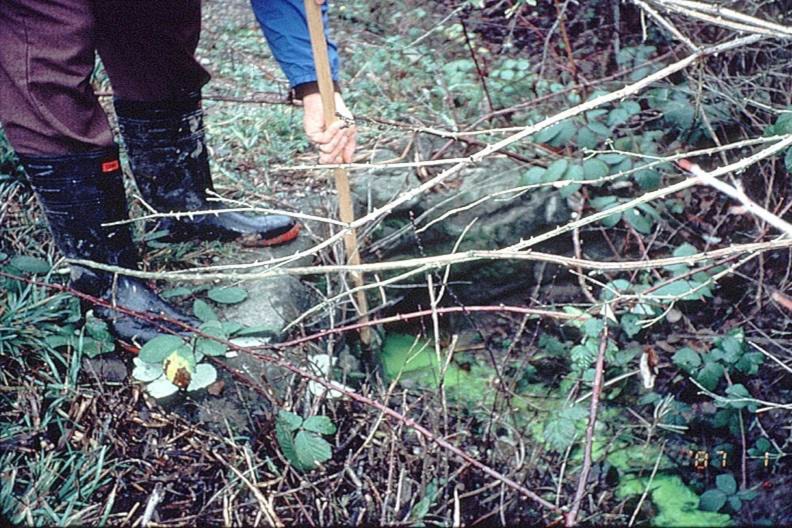More than 28,000 properties in the capital region have septic systems, and as they're largely "out of sight, out of mind," a cracked, leaky or clogged system can often go undetected. The result: many homeowners don’t realize there’s a problem until obvious signs of malfunctioning show up, such as ponding or unpleasant odours.
When a system malfunctions, untreated or partially treated wastewater can enter local water systems, carrying dangerous viruses and pathogens.
Wastewater contains excess nutrients and bacteria that contribute to harmful algae blooms, lowered levels of oxygen for fish, shellfish contamination and recreational closures of lakes and beaches. Many local water bodies are suffering due to pollution from human activities, and septic systems can be a source of pollution if they’re not functioning correctly.
Fortunately, you can take simple to keep our streams, lakes and coastlines healthy. And for added good news, those same steps can also bring financial savings. A well-maintained septic system can last as long as 40 years before needing significant repairs or replacement. In comparison, unmaintained systems commonly malfunction within 15 years or less. Proper maintenance will save you money, safeguard local water quality and protect the health of everyone in your community.
3 ways a poorly maintained septic system can harm our watersheds and what you can do about it:
1. Clogged Drainfield – Roots from trees, shrubs and grasses can grow into and block the pipes in your drainfield. When that happens, the effluent can't spread evenly and builds up in one spotm which can lead to surface seepage and runoff into local water bodies.
What you can do: Keep your drainfield clear!
- Mow regularly and remove trees and shrubs growing above your drainfield.
- Hire a qualified professional to inspect and clear the pipes in your drainfield.
- Install an effluent filter in your septic tank to keep solids from entering your drainfield.
2. Full Septic Tank – Your septic tank allows solids to settle and liquids to flow into the drainfield. When solids accumulate beyond one-third of the tank’s capacity, they're more likely to flow into the drainfield, which can clog pipes and release pathogens and bacteria into the environment.
What you can do: Schedule regular pump-outs!
- A five-year pump-out schedule is recommended for most systems. Here in the capital region, homeowners in Saanich, Langford, Colwood and View Royal with Type 1 and Type 2/3 systems are required to maintain their septic systems to help to prevent public health risks and environmental degradation.
3. Cracks and Leaks – Cracks or leaks in any component of your system can release wastewater before it reaches the drainfield. If wastewater bypasses the drainfield, untreated or partially treated wastewater can pass into the groundwater, polluting nearby streams, lakes and shorelines.
What you can do: Get to know your system
- Find out how old your system is, and which parts will eventually need replacing.
- Schedule an inspection with a Registered Onsite Wastewater Professional (or ROWP) to have all components of your septic system inspected.
Want to learn more? Sign up today for one of the CRD’s Septic Savvy workshops or webinars! Discover how septic systems work, how to maintain your system properly and how septic maintenance keeps our watersheds safe.
Find more information and online resources at crd.bc.ca/septic.



